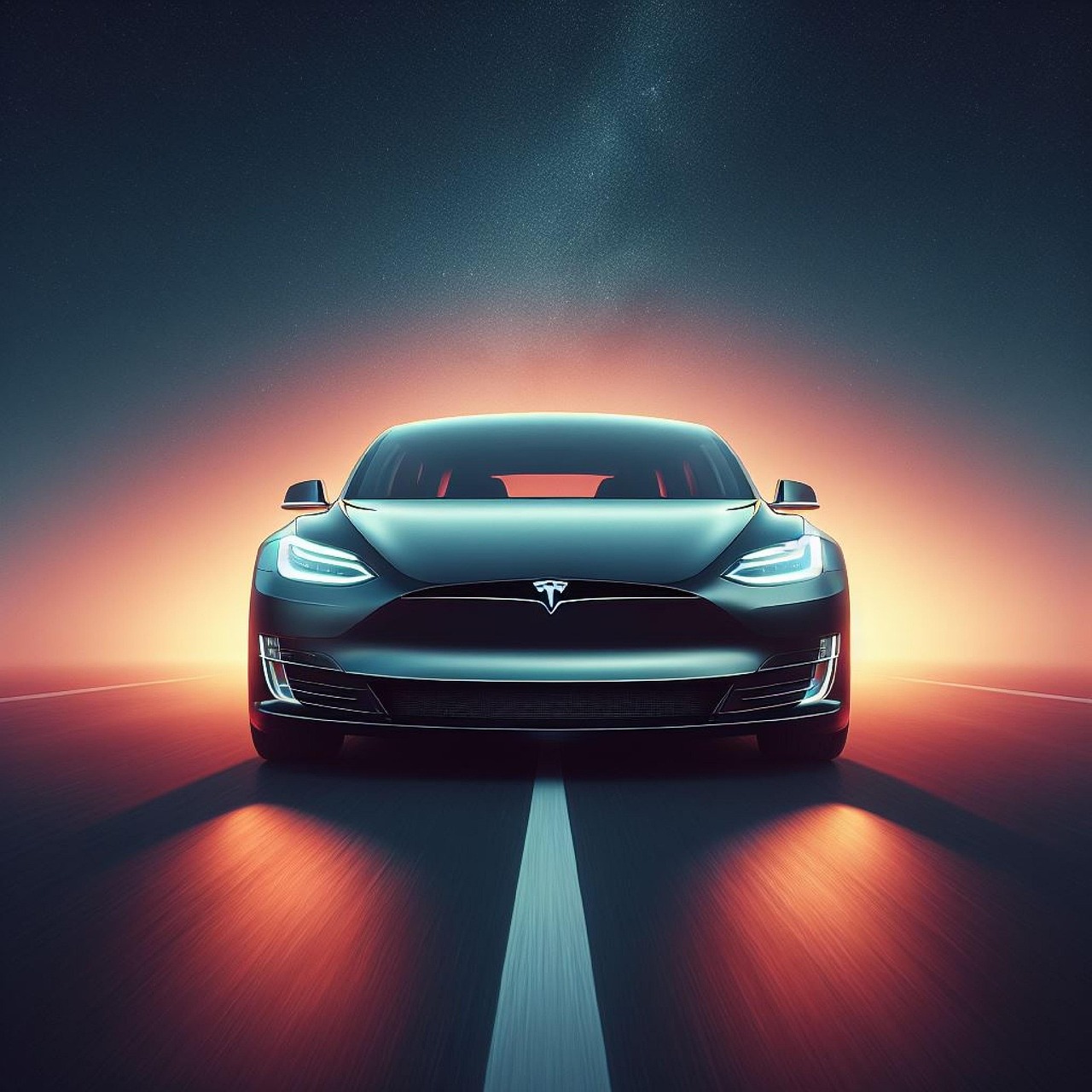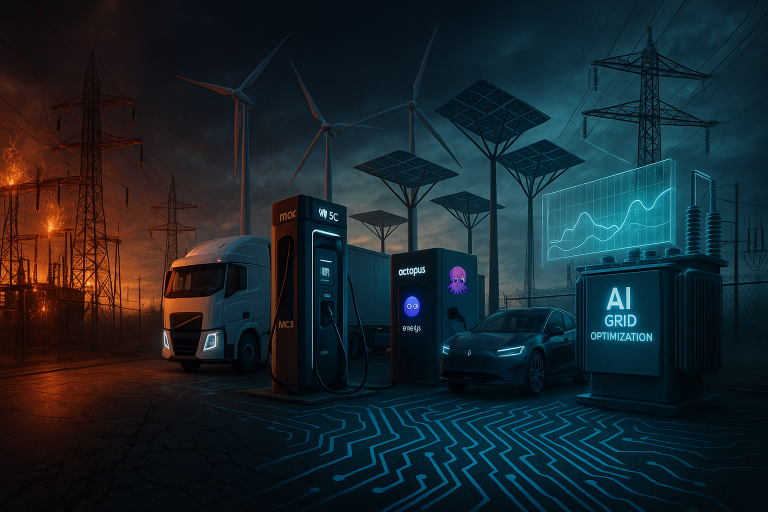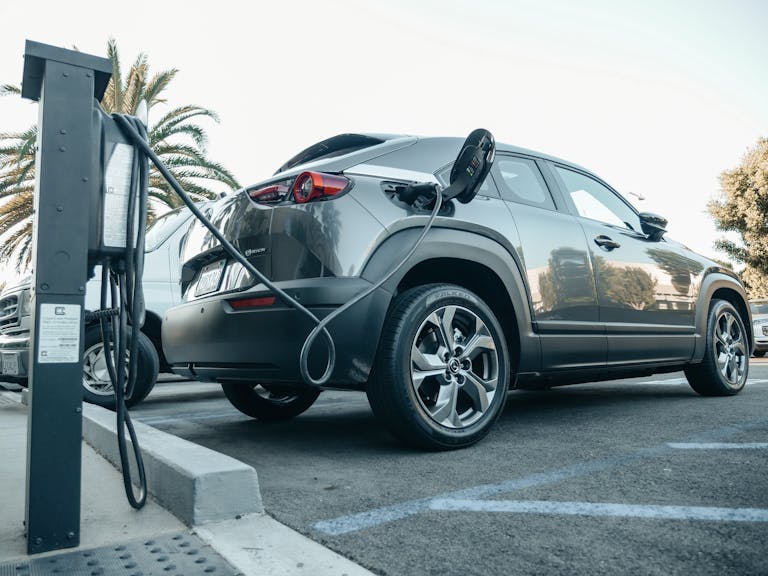Tesla: Affordable Model Y Emerges as Financial Pressures Mount
Tesla finds itself at a critical inflection point, navigating one of the most turbulent periods in its nearly two-decade history. In response to rapidly declining sales, shrinking margins, and increasing competition—especially from aggressive Chinese automakers—CEO Elon Musk has finally unveiled the long-promised “affordable” electric vehicle. However, the anticipated breakthrough is not a revolutionary new model but rather a pared-down version of Tesla’s best-selling Model Y SUV.
This strategic pivot, confirmed during Tesla’s Q2 2025 earnings call, signals both desperation and pragmatism. As Musk candidly admitted, “It’s just a Model Y,” stripped of premium features to hit a more competitive price point. But with revenue falling by 12% year-over-year to $22.4 billion—the steepest decline in over a decade—and profits contracting 16% to $1.1 billion, the stakes couldn’t be higher.
Mounting Financial Headwinds
Tesla’s current predicament is the result of multiple converging forces that have battered the company from all sides:
1. Erosion of Demand
Vehicle deliveries fell 14% year-over-year, underscoring a sharp drop in consumer appetite for Tesla’s premium electric vehicles. This decline comes amid rising competition, particularly from China, where Xiaomi launched its $35,000 YU7 SUV—garnering 200,000 pre-orders within minutes. The aggressive pricing and feature set of such rivals are reshaping global perceptions of value in the EV market.
2. Policy Shocks and Regulatory Uncertainty
U.S. trade policies have also taken a toll, with Tesla reporting $300 million in losses last quarter due to tariffs and regulatory shifts. The looming expiration of the $7,500 federal EV tax credit on September 30, 2025, threatens to further dampen consumer demand and reduce Tesla’s ability to offer competitive pricing.
3. Margin Collapse
Once the envy of the automotive industry, Tesla’s gross automotive margins (excluding regulatory credits) have collapsed to just 15%, down from highs of over 30%. The company has reported declining profits in five of the last six quarters, highlighting the unsustainable nature of its current business model.
| Metric | Q2 2025 | Change (YoY) |
|---|---|---|
| Revenue | $22.4B | -12% |
| Net Profit | $1.1B | -16% |
| Vehicle Deliveries | Not Disclosed | -14% |
| Regulatory Credit Income | $439M | Critical for profitability |
The “Cheap Tesla” Unveiled: Strategy and Compromise
Despite years of speculation around a revolutionary $25,000 EV, Musk’s latest solution is far more conservative: a de-contented version of the Model Y. This stripped-down variant, already in early production, aims to make Tesla more accessible without reinventing the wheel.
Key Cost-Cutting Measures:
- De-contenting: Removal of rear entertainment screens, simplified audio systems, cloth seats replacing vegan leather, and potentially cheaper lithium iron phosphate (LFP) batteries.
- Simplified Powertrain: Expected to feature a single-motor rear-wheel-drive configuration with reduced performance compared to the dual-motor AWD option.
- Delayed Rollout: Mass production is scheduled for Q4 2025, deliberately timed after the EV tax credit expires to avoid disrupting Q3 sales of higher-margin models.
While this approach may help Tesla reach a broader audience, analysts warn of potential sales cannibalization. Existing Model Y customers might simply opt for the cheaper version rather than new buyers entering the market—a risk that could limit growth rather than expand it.
As one industry expert noted:
“Existing customers may just spend less, rather than bringing new buyers into the fold.”
Musk’s Political Turbulence: A Brand Liability
Beyond financial and market challenges, Tesla faces growing reputational risks tied to Elon Musk’s increasingly polarizing political profile.
Investor Concerns:
- Shareholders like James Fishback have publicly questioned whether Musk’s political ambitions—reportedly including interest in forming or joining a new political party—align with his duties as CEO.
Political Fallout:
- Despite previously backing Donald Trump, Musk has recently criticized Trump’s fiscal policies as “utterly insane.” Meanwhile, Trump insists he won’t “destroy Elon’s companies” by eliminating EV subsidies, signaling a complex relationship between the two figures.
Brand Impact:
- Marketing consultants warn that Tesla’s once-passionate customer base is becoming more fragmented due to Musk’s “shenanigans,” which may erode the emotional loyalty that helped establish Tesla as a cultural icon in the EV space.
Autonomy vs. Affordability: Tesla’s Dual Bet
Tesla’s path forward hinges on two high-risk, high-reward strategies:
1. Robotaxi Dreams
Musk continues to position full self-driving (FSD) technology as Tesla’s ultimate value driver. He claimed during the earnings call that Tesla’s valuation could reach “stratospheric levels” if FSD gains approval in key markets like Europe—starting with the Netherlands.
However, progress remains slow. Tesla’s robotaxi fleet in Austin has logged only 7,000 autonomous miles, with human safety drivers still required. Skeptics argue that Tesla’s self-driving capabilities lag behind competitors like Waymo and Cruise.
2. Energy & AI Diversification
While auto sales falter, Tesla’s energy storage (Megapack) and AI chip development divisions are showing promise. The company recently unveiled its next-generation AI processor, the AI5, designed to enhance neural network training and autonomous driving capabilities.
These ventures offer a potential lifeline, but they haven’t yet offset the broader weakness in Tesla’s core automotive business.
| Feature | Affordable Model Y | Standard Model Y |
|---|---|---|
| Starting Price (Est.) | ~$35,000 | $44,990 |
| Seats | Cloth | Vegan Leather |
| Rear Entertainment | None | Optional Screen |
| Motor Configuration | Single-motor RWD | Dual-motor AWD available |
| Availability | Q4 2025 | Now |
The Road Ahead: “A Few Rough Quarters”
Musk set clear expectations for investors, warning of “a few rough quarters” ahead due to shifting global trade dynamics and the expiration of the EV tax credit. Several key questions remain unanswered:
- Can Tesla maintain profitability at lower price points?
- Will the affordable Model Y truly attract new customers—or merely cannibalize existing sales?
- Can Tesla deliver on its autonomous driving promises before competitors overtake it?
Musk himself acknowledged the core issue during the earnings call:
“The biggest obstacle is that people don’t have enough money to buy [EVs]. Literally, that is the issue… so the more affordable we can make the car, the better.”
Yet skeptics remain unconvinced. One analyst quipped:
“We’re still sitting at the tip of our chairs, waiting for the $25,000 car that was promised in 2006.”
Moreover, Tesla’s hopes for European expansion via FSD approval face bureaucratic hurdles described as “Kafkaesque,” delaying what could otherwise be a major catalyst for growth.
A Pivotal Moment
The launch of Tesla’s stripped-down Model Y marks a pivotal moment in the company’s evolution. It represents a pragmatic, if unambitious, response to mounting pressure—but it also raises serious questions about Tesla’s long-term strategy and execution.
With Chinese automakers rolling out $10,000 EVs and Tesla’s autonomy timeline still uncertain, the company must prove that this “affordable” pivot isn’t too little, too late. More than ever, Tesla’s future depends not just on engineering innovation, but on navigating a complex web of geopolitics, policy uncertainty, and evolving consumer expectations.
For now, the cheap Model Y may serve as a necessary lifeline—not the revolutionary breakthrough once promised, but perhaps the only viable bridge to Tesla’s next chapter. Whether that chapter restores Tesla’s dominance or ushers in a new era of diminished influence will depend on how well the company executes under Musk’s increasingly scrutinized leadership.





